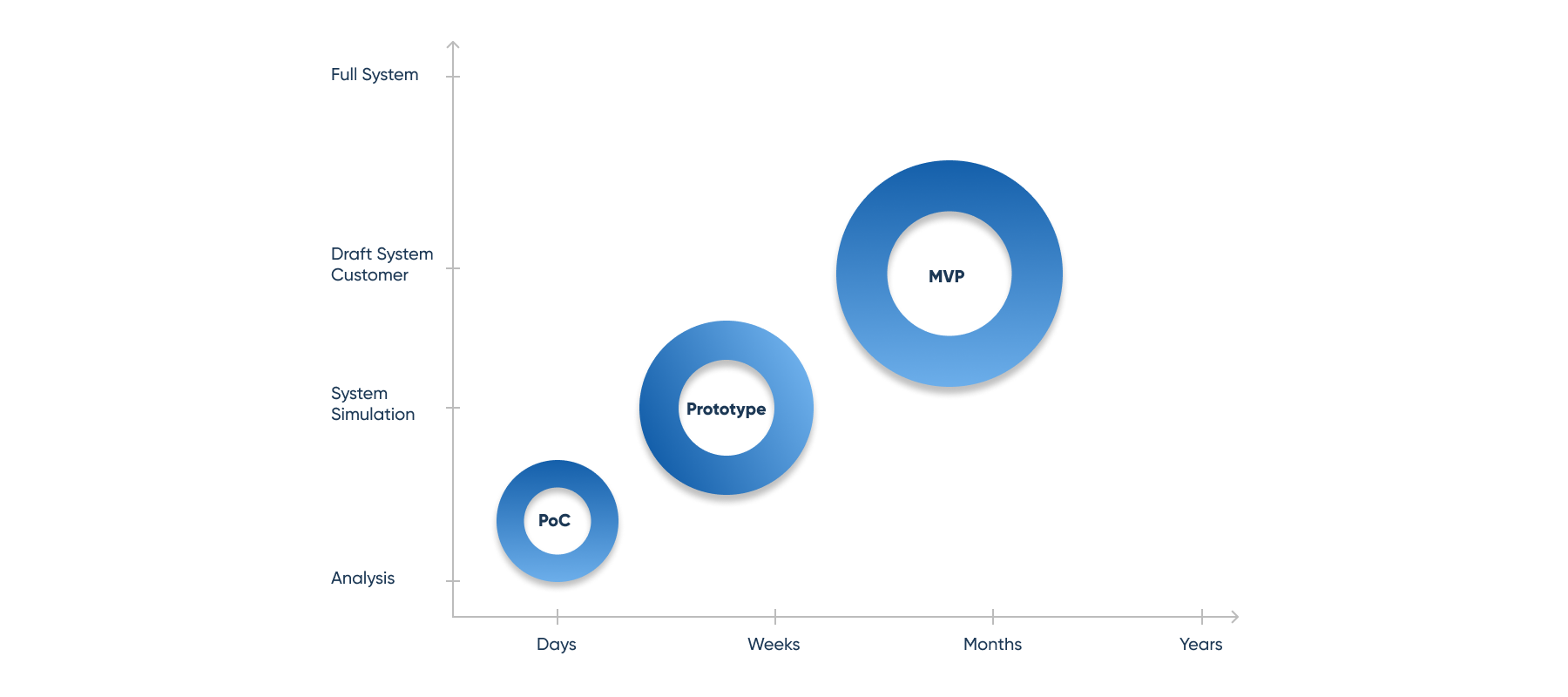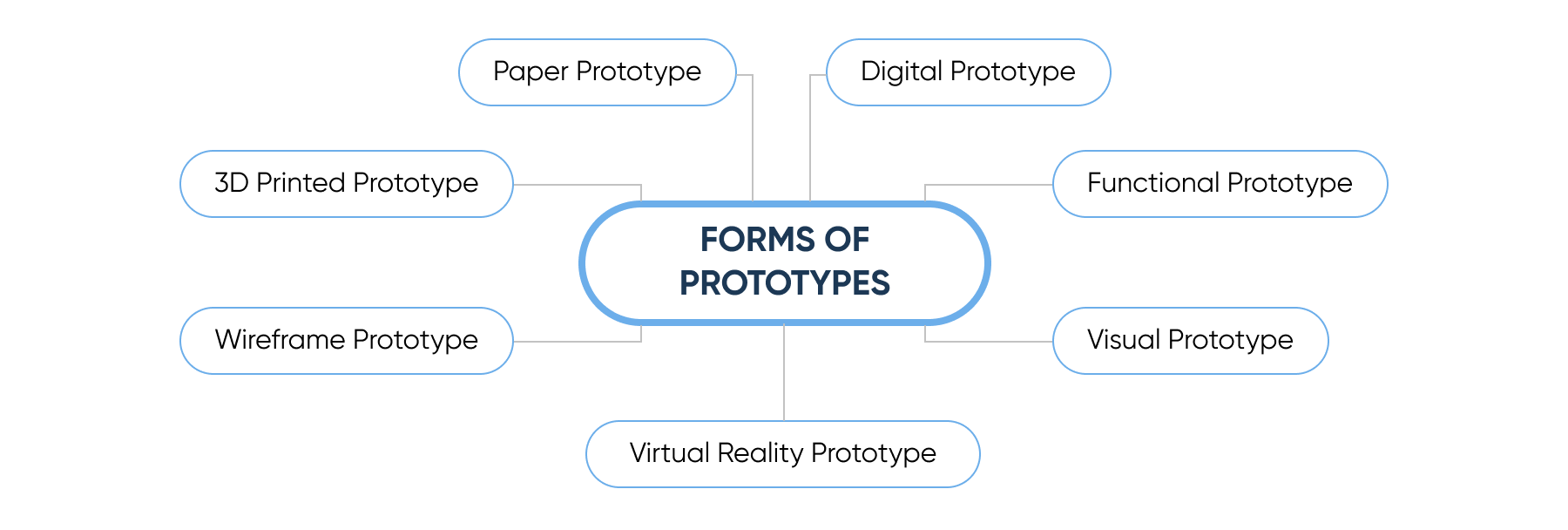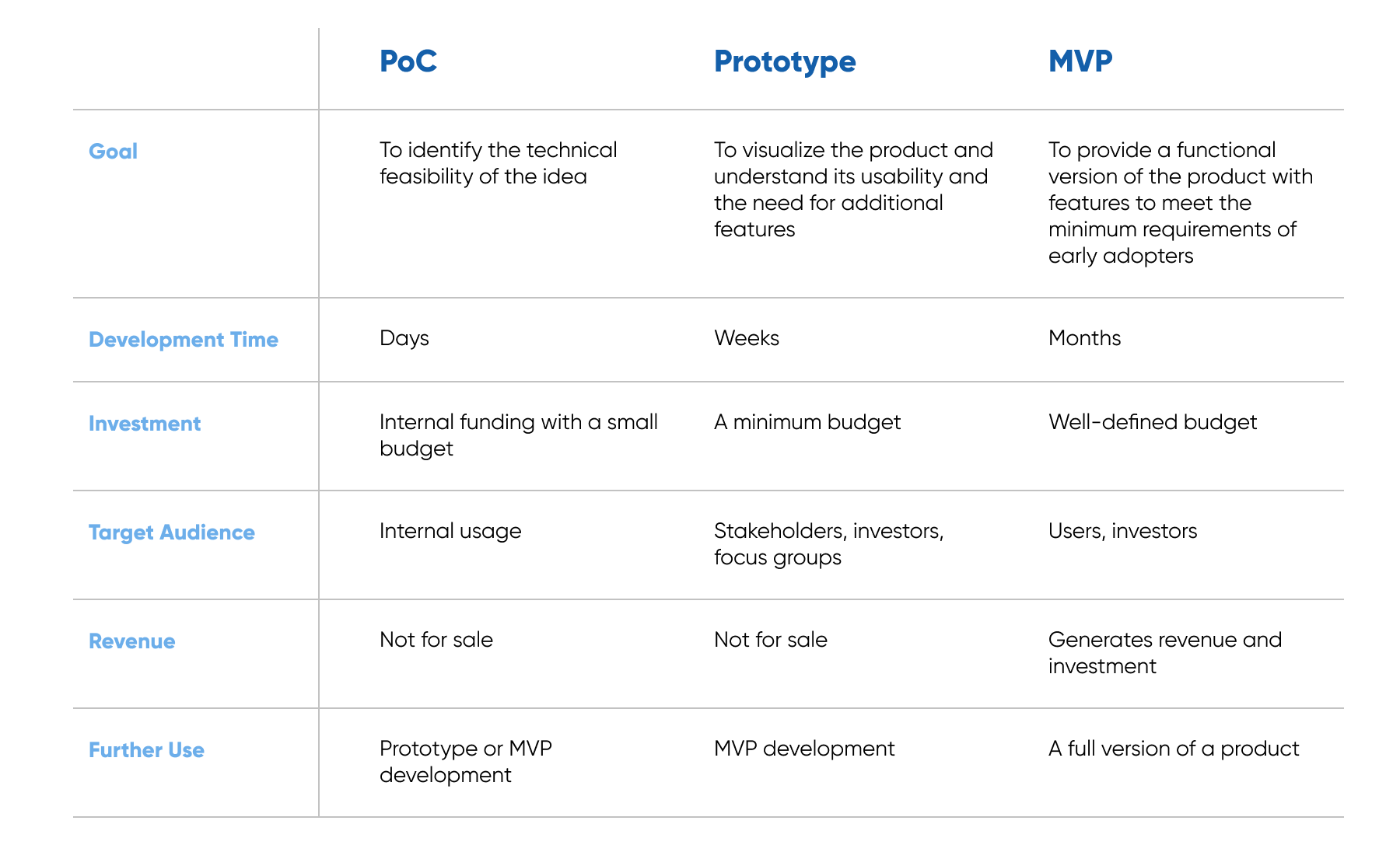A proof of concept (PoC) is a demonstration that something can work as intended and is often prepared at the early stages of an initiative. The main purpose of PoC is to check whether technology or idea can provide the expected outcome.
PoCs might be used to validate everything from market demand to technical feasibility. It might be an integral part of the product development process that helps businesses to reduce the risk of failure for new services and products.
How a Proof of Concept Works?
The POC is so valuable because it is a pilot project to evaluate the feasibility of your plan before starting the work. It verifies whether the concepts and technologies applied will result in successful final output. However, PoCs don’t create deliverables, as the main item being considered is the project’s feasibility.
PoC Best Practices
A given PoC might be completely different from another proof of concept since there is no strict set of rules. It can be in the form of a presentation, demo, or even a text document. For the software development process we might recommend creating your own by following the next four steps:
- Conduct Research and Validate the Market Needs. During that phase you have to demonstrate two key things: the existence of the problem you’re trying to solve and your solution to it. Identify the exact pain point your target audience experiences and support it with some research – talk to a small representative working group, try to identify any patterns and use the insights that allow you to define what your software has to include.
- Сhoose the Right Technology. Choose the appropriate technology stack for the PoC based on the problem you are trying to solve or the opportunity you are pursuing. Ensure that the technology is scalable, secure, and can be integrated into your existing systems.
- Define the Solutions. Once the feedback from the previous stage is gathered, start matching it to solutions that are part of your concept. You have to come up with ideas on how potential customers’ pain points can be solved with the final product. Once you’ve come up with your solutions, it’s time to reach out to your research group one more time and check their responses to see if you’re on the right path.
- Test and Iterate the PoC. Once the PoC is thoroughly tested, it is a good time to invite all key stakeholders and present them with a well-defined product roadmap asking them to approve it and provide their feedback and insights.
Reasons to Use PoC
There are multiple reasons to use Proof of Concept for your initiatives, and in this article, we’ll focus on a few of them:
- To Validate Your Idea in a Quick and Cheap Way. Even for the best ideas there’s no guarantee of success if you select the wrong way of making it alive, and it is extremely important to test your approach as early as possible to make sure that you’re on the right track before making a decision to invest more time and resources into development.
- To Foresee Limitations and Be Prepared for Possible Challenges. Every idea has its own limitations and POCs are a great way to assess the scalability of your concept and check whether it accommodates the wider organization’s growth plan.
- To Build Confidence With Investors. Though proof of concept is an internal approach, it might be a good way to demonstrate that your idea is viable and has a technically workable idea. And since there is some research behind your idea, this gives a signal to investors that your startup is worth considering.
What’s a Prototype?










_1764586939-small.webp)

